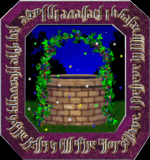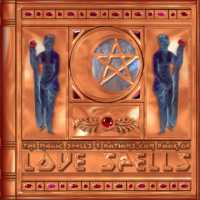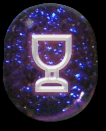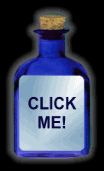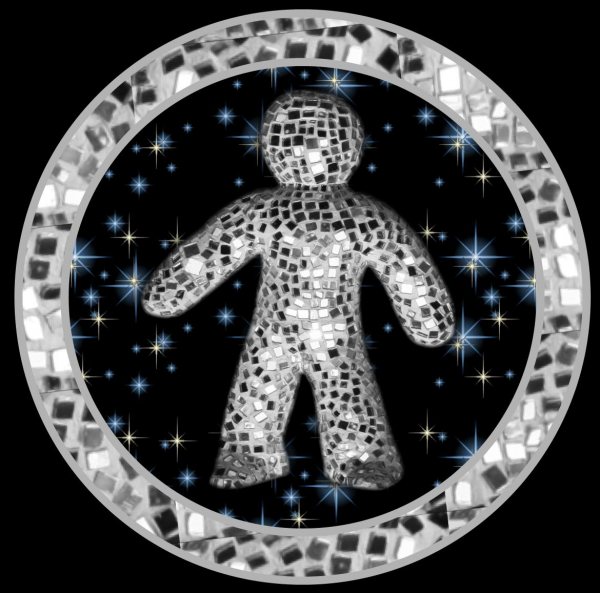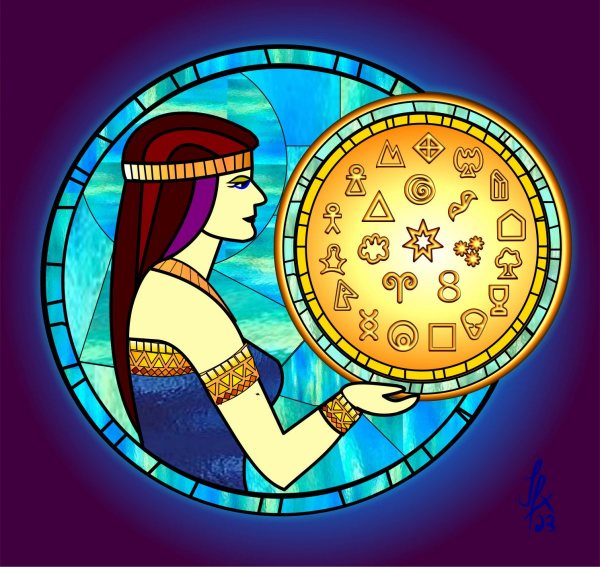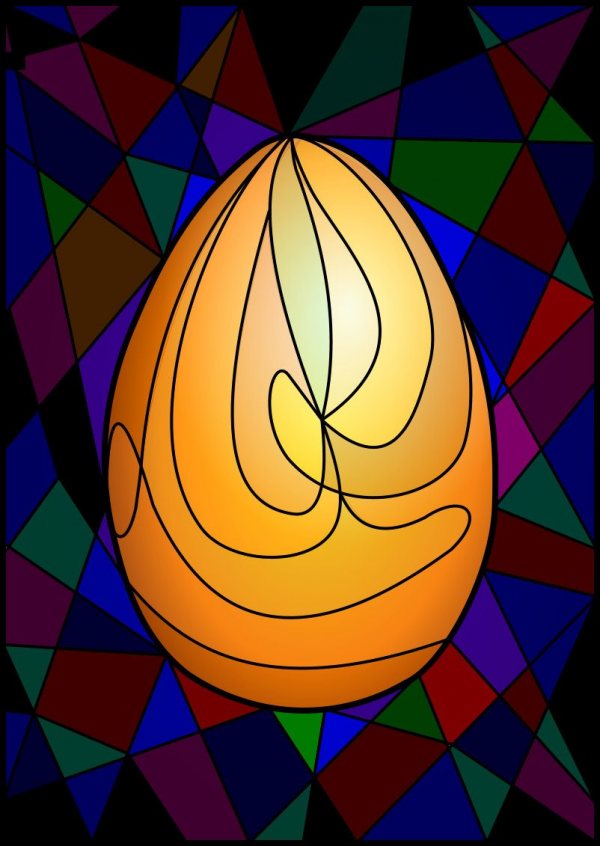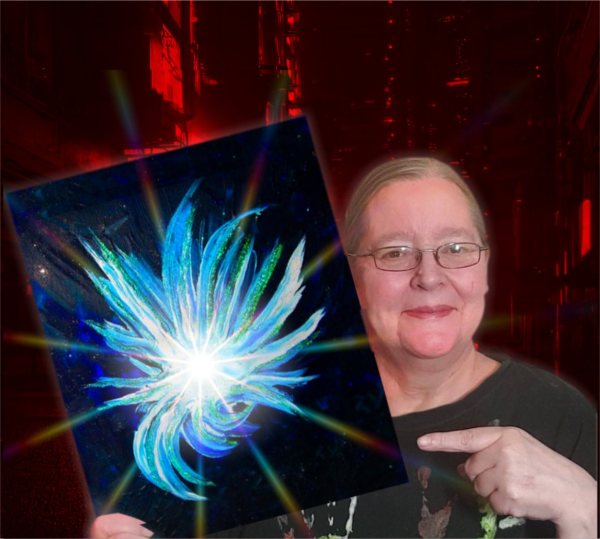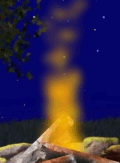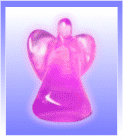Violet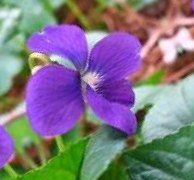
Also, the Sweet Violet is thought to possess admirable virtues as a cosmetic. Lightfoot gives a translation from a Highland recipe in Gaelic, for its use in this capacity, rendered thus: "Anoint thy face with goat's milk in which violets have been infused, and there is not a young prince upon earth who will not be charmed with thy beauty."
Added Mar 5, 2011
| 7,235 Reads
The Wild violet or Pansy (Viola tricolor) is found commonly throughout Great Britain on banks and in hilly pastures, from whence it has come to be cultivated in our gardens. Viola, a corruption of "Ion," is a name extended by old writers to several other different plants. But the true indigenous representative of the Violet tribe is our Wild Pansy, or Paunce, or Pance, or Heart's ease; called also "John of my Pink," "Gentleman John," "Meet her i' th' entry; kiss her i' th' buttery" (the longest plant name in the English language), and "Love in idleness." "A little Western flower, Before milk-white, now purple with love's wound, And maidens call it--'Love in idleness.'" From its coquettishly half hiding its face, as well as from some fancied picture in the throat of the corolla it has received various other amatory designations, such as "cuddle me to you," "tittle my fancy," "jump up and kiss me," and "garden gate": also it is called "Flamy," because its colours are seen in the flame of burning wood, and Flame Flower. The term "heart's ease" has signified a cordial which is comforting to the heart. But the fact is that Pansies, "pretty little Puritans," produce anything but heart's ease if eaten, and their roots provoke sickness so speedily that these are sometimes employed as an emetic. Dr. Johnson derived the word Pansy from Panacea, [590] as curing all diseases; but this was a mistake, The true derivation is from the French pensée, "thoughts," as Shakespeare knew, when making Ophelia say: "There is pansies--that's for thoughts." From its three colours Violet has been called the herb Trinity. A medicinal tincture is made (H.) from the Viola tricolor with spirit of wine, using the entire plant. Hahnemann found that the Pansy violet, when taken by provers, served to induce cutaneous eruptions, or to aggravate them, and he reasoned out the curative action of the plant in small diluted doses for the cure of these symptoms, when occurring as disease. "For milk crust and scald head," says Dr. Hughes (Brighton)--the plague of children, "I have rarely needed any other medicine than this Viola tricolor; and I have more than once given it in recent impetigo (pustular eczema) for adults, with very satisfactory effects." For the first of these maladies the tincture should be given in doses of from three to six drops, to a child of from two to six or eight years, three times a day in water. Again, "for curing scalled (from scall, a shell) head in children, a small handful of the fresh plant, or half a drachm of the dried herb, boiled for two hours in milk, is to be taken each night and morning; also a bread poultice made with this decoction should be applied to the affected part. "During the first eight days the eruption increases, and the urine, when the medicine succeeds, has a nauseous odour like that of the cat, which presently passes off; then, as the use of the plant is continued, the scabs disappear, and the skin recovers its natural clean condition." The root of the Viola tricolor has similar properties to that of Ipecacuanha, and is often used beneficially as a substitute by country doctors. An infusion thereof is admirable for the dysentery of young children. It loves a mixture of chalk in the soil where it grows. The Pansy contains an active chemical principle, "violin," resin, mucilage, sugar, and the other ordinary constituents of plants. When bruised the plant, and especially its root, smells like peach kernels, or prussic acid. It acts as a slight laxative: and "the distilled water of the flowers" says Gerard--"cureth the French disease." The Germans style the Violet Stief-mutter, because figuratively the mother-in-law appears in the flower predominant in purple velvet, and her own two daughters gay in purple and yellow, whilst the two poor little Cinderellas, more soberly and scantily attired, are squeezed in between. Again, another fable says, with respect to the five petals and the five sepals of the Violety, two of which petals are plain in colour, whilst each has a single sepal, the three other petals being gay of hue, one of these (the largest of all) having two sepals; that the Pansy represents a family of husband, wife, and four daughters, two of the latter being step-children of the wife. The plain petals are the step-children, with only one chair; the two small gay petals are the daughters, with a chair each; and the large gay petal is the wife, with two chairs. To find the father, one must strip away the petals until the stamens and pistils are bare. These then bear a fanciful resemblance to an old man with a flannel wrapper about his neck, having his shoulders upraised, and his feet in a bath tub. The French also call the Pansy "The Step-mother." The chemical principle, "violin," contained in the flowering Wild Pansy resembles emetin in action. If the dried plant is given medicinally, from ten to sixty grains may be taken as a dose, in infusion. The Sweet Violet (Viola odorata) is well known for its delicious fragrance of perfume when growing in our woods, pastures, and hedge banks. The odour of its petals is lost in drying, but a pleasant syrup is made from the flowers which is a suitable laxative for children. A conserve, called "violet sugar," prepared from the flowers, has proved of excellent use in consumption. This conserve was made in the time of Charles the Second, being named "Violet plate." Also, the Sweet Violet is thought to possess admirable virtues as a cosmetic. Lightfoot gives a translation from a Highland recipe in Gaelic, for its use in this capacity, rendered thus: "Anoint thy face with goat's milk in which violets have been infused, and there is not a young prince upon earth who will not be charmed with thy beauty." There is a legend that Mahomet once compared the excellence of Violet perfume above all other sweet odours to himself above all the rest of creation: it refreshes in summer by its coolness, and revives in winter by its warmth. The Syrup of Sweet Violets should be made as follows: To one pound of sweet violet flowers freshly picked, add two-and-a-half pints of boiling water: infuse these for twenty-four hours in a glazed china vessel, then pour off the liquid, and strain it gently through muslin; afterwards add double its weight of the finest loaf sugar, and make it into a syrup, but without letting it boil. Violets are cultivated largely at Stratford-on-Avon for the purpose of making the syrup, which when mixed with almond oil, is a capital laxative for children, and will help to soothe irritative coughs, or to relieve a sore throat. The flowers have been commended for the cure of epilepsy and nervous disorders; they are laxative when eaten in a salad. The seeds are diuretic, and will correct gravel. The Sweet Violet contains the chemical principle "violin" in all its parts. A medicinal tincture (H.) is made from the entire fresh plant with proof spirit. It acts usefully for a spasmodic cough, with hard breathing; also for rheumatism of the wrists especially the right one. This Violet is highly esteemed likewise in Syria, chiefly because of its being chosen for making the violet sugar used in sherbet. That which is drunk by the Grand Signior himself is compounded of sweet violets, and sugar. From the flower may be pleasantly contrived a pretty miniature bird, by carefully removing the calyx and corolla, leaving only the stamens and pistil attached to the receptacle; then the stigma forms the bead and neck, whilst the anthers make a golden breast, and their tongues appear like a pair of green wings. Mademoiselle Clarion, a noted French actress, had a nosegay of violets sent her every morning of the season for thirty years; and to enhance the value of the gift, she stripped off the petals every evening, being passionately devoted to the flower, and took them in an infusion as tea. Pliny recommended a garland of sweet violets as a cure for headache. The Romans made wine of the flowers; and Napoleon the Great claimed the Violet as par excellence his own, for which reason he was often styled, Le père du violette. This floral association took date from the time of his exile to Elba. The Emperor's return was alluded to among his adherents by a pass word, "Aimez vous la Violette? Eh, bien! reparaitra au printemps." The scentless Dog Violet (Viola canina) is likewise mildly laxative, and possesses the virtues of the Viola odorata in a lesser degree. The Water Violet is "feather foil" (Hottonia palustris).
Added Mar 5, 2011
| 7,235 Reads
Share The Magic ...
The GoE MONEY!!! Course - A Course In Real MONEY MAGIC!
|

